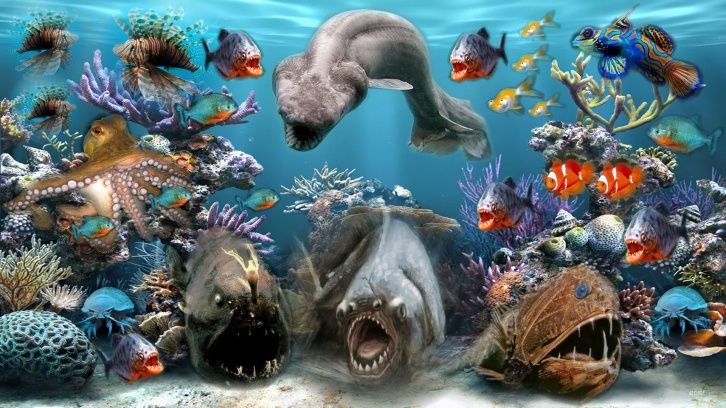
FAQ About Ocean Life

How do fish breathe underwater?
Fish have specialized organs called gills that allow them to extract oxygen from water and breathe underwater. Here's how fish breathe:
- Water Intake: Fish take in water through their mouth or specialized structures called gill slits located on the sides of their body. As the fish swims, it opens its mouth or actively pumps water over the gills.
- Gill Filaments: Inside the fish's gills, there are numerous thin, finger-like structures called gill filaments. These filaments are lined with even tinier structures called gill lamellae, which greatly increase the surface area available for gas exchange.
- Oxygen Diffusion: As water passes over the gill filaments, oxygen in the water and carbon dioxide in the fish's blood undergo diffusion across the thin walls of the gill lamellae. Oxygen from the water diffuses into the fish's bloodstream, while carbon dioxide, a waste product of metabolism, is released into the water.
- Counter-Current Exchange: The efficiency of oxygen uptake is enhanced by a mechanism called counter-current exchange. Blood flow in the gill filaments flows in the opposite direction to the water flow. This arrangement maximizes the oxygen transfer from the water to the blood by maintaining a concentration gradient throughout the length of the gill lamellae.
- Carbon Dioxide Elimination: As oxygen is absorbed, the fish's blood simultaneously releases carbon dioxide into the water. The carbon dioxide then diffuses out of the gill lamellae and is carried away with the exiting water.
- Water Exhalation: After passing through the gills, the now-oxygen-depleted water exits the fish's body through the gill openings or gill covers, releasing the carbon dioxide into the surrounding water.
